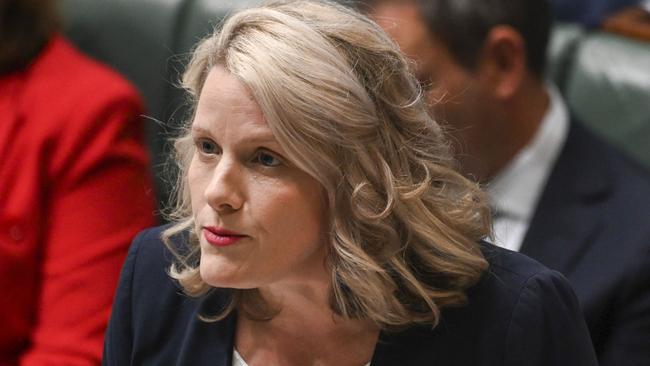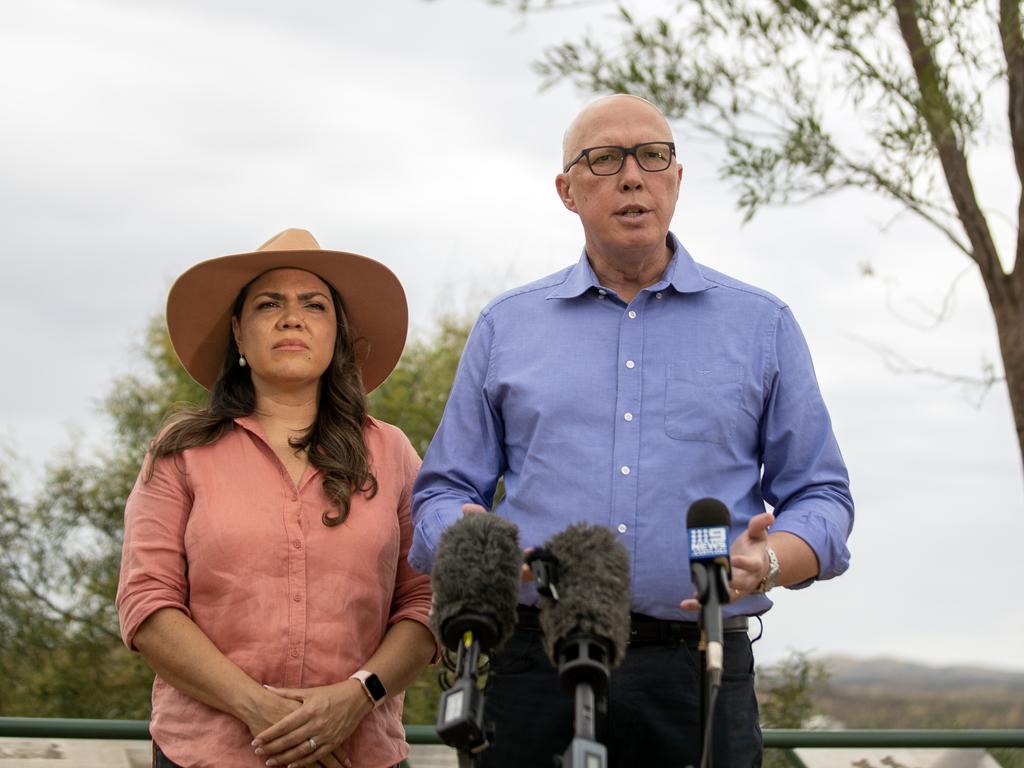
This may be a positive as the venom drains from our national migration debate. Speaking at the National Press Club in Canberra on April 27, Home Affairs Minister Clare O’Neil, released an important new immigration strategy following a review led by former Treasury secretary Martin Parkinson.
Most serious media covered O’Neil’s speech and the national papers, The Australian and The Australian Financial Review, got into some details of the Parkinson review’s final report.
These details were swamped on Saturday April 29 when The Sydney Morning Herald led its print paper with a piece forecasting total net overseas migration would top 400,000 in the coming year after the re-opening of university places to foreign students following the Covid pandemic.
Few journalists noticed a question asked of O’Neil at the Press Club by Herald Sun reporter Jade Gailberger: “If the government does do all of the things in this strategy, will Australia end up with a larger or smaller migration program?”
O’Neil said adoption of all the review’s proposals would create a smaller migration program. It took until last Thursday, May 4, for the SMH to regroup, leading its print paper with a piece by Shane Wright and Rachel Clun reporting: “Wage plan to reduce migration by 31,000”. Wright and Clun had been producing a series for the Nine papers on the national housing crisis.
The SMH piece forecast Tuesday’s budget would outline a fall in net migration from the 400,000 this year to 260,000 in 2024-25, “before stepping down to its long-term trend of 235,000”.
Total population — that had been expected by the Morrison government to hit 27 million this year — would be “closer to 26.4 million”, the budget would say, according to the SMH.
The Institute of Public Affairs released a survey on May 1 showing 60 per cent of Australians would support a temporary pause in immigration. The survey was reported in The Australian by Sarah Ison and has gained traction on Sky News Australia.
Critics have long seen immigration through the lens of pressures on the outer suburbs of our capital cities. These are reflected in housing shortages, the struggle by state and local governments to keep up with building education, transport and other infrastructure needed by rising outer suburban populations and the political blowback, often in Labor seats, of overcrowding and long travel times to work.
The union movement has been concerned about temporary work visa scams since the Rudd government years and has driven media campaigns exposing the exploitation of low paid workers on temporary visas in the retail and farm sectors. Employer groups have talked their own game and support high migration levels to increase the total market for goods and services. Many employers love temporary work visas that supply cheap labour.
The unions have now succeeded with demands the government increase the TSMIT (temporary skilled migration income threshold) which O’Neil will lift from $53,900 to $70,000.
Stephen Lunn in The Weekend Australian of April 29 said O’Neil plans to fast track skilled migrants for specialist roles, then ditch the present scheme’s 10 year old jobs list approach and replace it with a program for mainstream skilled migrants. For the low skilled, O’Neil will seek new transparency “rather than allowing the international student visa system to act as a proxy for workers in low paying industries”.
This will need to work in partnership with the jobs training system as the nation seeks to transition more young people from welfare to paid work, even though many young journalists, especially at the ABC, seem more interested in campaigning for expansion of the welfare system than for real jobs.
Parkinson’s report signals permanent changes to the nature of the jobs market as technological change hollows out white collar industries. It sees the labour market polarising between those in the services sector, and particularly the fast growing care economy, and the highly skilled, highly educated workers needed for the tech sector and new industries in which Australia will develop a comparative advantage.
While Parkinson does not say so, technology has created business efficiencies by contracting out jobs once done by clerical and white collar workers to customers themselves. Think home internet banking, internet travel bookings and the migration of most commerce to e-commerce, to customers essentially doing unpaid work for companies they patronise.
The IPA survey finds Australians see themselves as welcoming of migrants. Indeed, concern about migration on the political right and in the union movement is really about a population policy Australia should have but never has had.
Parkinson’s review is about fixing an existing migration system it sees as flawed and outdated. It admits foreign students have driven permanent migration and criticises that while supporting higher education exports. It specifically warns against Australia following Switzerland or Germany by becoming a nation of “guest workers”.
Acknowledging employers sometimes exploit foreign workers on temporary work visas, it proposes a series of reforms to minimise the risk to those workers.
Parkinson above all wants to lift the standards of skilled immigration, even suggesting spouses of successful entrants also be required to show high skill levels. It details how improved targeting of skilled workers can increase national productivity and help offset the ageing of the population. It details enormous incentives other countries are throwing at attracting the most skilled migrants and how little Australia is doing to compete.
“Migration, particularly skilled migration, has increased the size of the working age population and the level of labour force participation, as well as slowing the economic and social effects of population ageing.”
It cites an OECD forecast that the population’s median age will rise from 37.3 to 38.6 by 2050. This compares favourably with the bulk of OECD countries where the median age is expected to be 45 or more by 2050.
Parkinson cites sophisticated Treasury research showing skilled young migrants are the biggest individual contributors to national wealth, far exceeding other entrant categories including employer-sponsored migration, and outstripping the “lifetime per person economic contribution” of Australians born here by $3.6 million to $1.6 million.
This review could de-escalate the immigration debate that has raged since the rise of Pauline Hanson’s One Nation in 1996. Traditionally, the left media has tried to shut down legitimate discussion of immigration with accusations of racism.
In August 2018, when addressing unfair racism accusations against Sky News, this column noted: “Graham Richardson summed it up discussing the 25 million (total population) figure, a landmark reached (the previous week) but projected in 2002 to hit in 2042. The nation had achieved a projected 40 year population growth in 16 years but most certainly had not built 40 years of infrastructure in 16 years.’’
Hopefully O’Neil’s reforms will also quell anxiety about low paid workers on temporary visas and show Australians the benefits of a migration system almost entirely focused on the young, highly skilled migrants our country needs in an era of falling natural population growth. And hopefully it will reduce the ethnic politicking that has allowed MPs to gain traction with voters by manipulating family reunion schemes.







Much of the media has ignored the most important domestic political story of the past month.